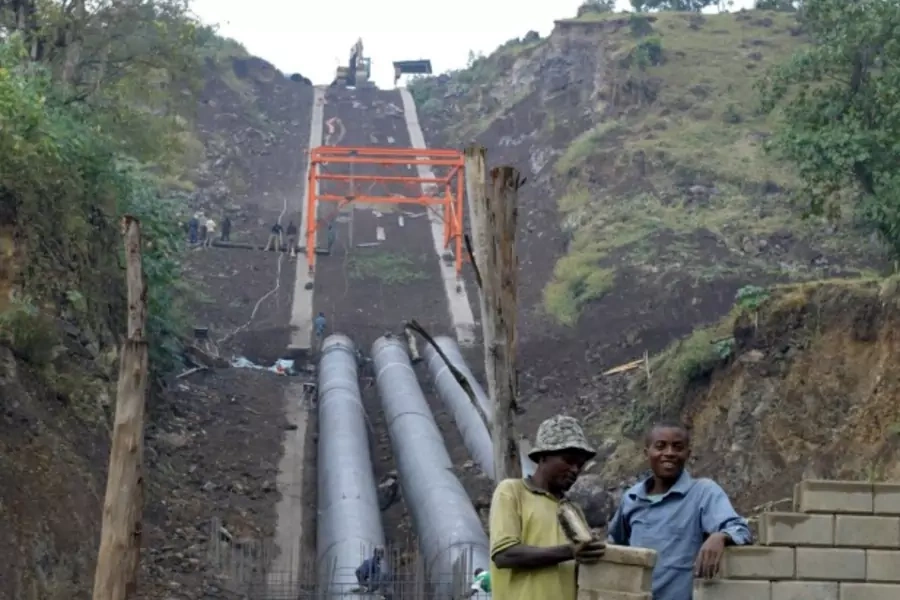More on:
This is a guest post by Jameson McBride, an intern for Energy and the Environment at the Council on Foreign Relations Africa Program. He is currently studying Political Science and Sustainable Development at Columbia University.
Over the past few months, an energy crisis has been deepening in Zambia: the nation has been generating only 58 percent of its usual electrical capacity. The cause of this energy crisis, however, is not economic or political—it is drought. Like many sub-Saharan states, Zambia is heavily dependent on hydroelectricity, and recent drought has crippled the nation’s power supply. Zambia’s hydropower problems may only be a sign of things to come. Long-range models predict that climate change is likely to cause more droughts throughout much of sub-Saharan Africa. While hydropower is widely billed as sustainable due to its low emissions and high efficiency, the drought-induced Zambian energy crisis suggests that it may not be a reliable solution for African energy in a future marred by climate change.
Sub-Saharan Africa is the least electrified region in the world. Nearly 600 million Africans—or three-quarters of the sub-Saharan population—lack reliable access to the grid. Finding energy solutions for Africa that are cheap, reliable, and scalable is thus a priority for the region.
Hydropower has traditionally been viewed as one of the best solutions for Africa’s energy needs. After a one-time construction cost, hydroelectric dams run cheaply and produce virtually no waste. Currently, only 7 percent of Africa’s potential hydropower is harnessed, so the prospects seem tremendous. Despite concerns about dams’ impacts on local ecology, their high potential and low cost make them too attractive to ignore. Indeed, in the past few years, financial planning has begun for the massive Grand Inga Dam in the Democratic Republic of the Congo, which at 42,000 MW, would be the largest hydropower plant in the world.
Due to climate change, however, much of sub-Saharan Africa will experience considerably more severe and frequent drought in the coming decades. The efficiency of hydroelectric dams depends on consistent rainfall, so droughts quickly cripple energy systems that are heavily reliant on hydropower. This causes serious blackouts in the affected states: during a temporary total dam shutdown in October, Tanzania only produced 105 MW of the 870 MW normally generated. Less than 10 percent of Tanzanian households had electricity.
African countries that build more hydropower are likely to be more vulnerable to climate change. Therefore, a tremendous challenge facing Africa’s energy future will be finding a cheap, scalable, and sustainable alternative to hydropower. Solar power is one possible alternative. The potential for solar generation in Africa dwarfs even that of hydropower. In addition, solar does not necessarily depend on major distribution infrastructure. Dams produce electricity in one (often remote) location, which a well-maintained grid system must then distribute to consumers. Solar panels, on the other hand, can be used on roofs or in small arrays to generate power for local consumption, without reliance on a large grid. The impact of “affordable small-scale, off-grid systems” could create an energy revolution in Africa—and one that would help the poorest most. This reasoning has already been incorporated in some development programs: under President Obama’s leadership, the United States Agency for International Development’s (USAID) launched the “Power Africa” program, in 2013. The program includes an explicit focus on solar initiatives and no hydro initiatives.
It is hard to ignore the potential of African hydropower in the context of extreme energy scarcity. However, facing increased drought risk due to climate change, many African states will need to look beyond dams to ensure a bright future.
More on:
 Online Store
Online Store
